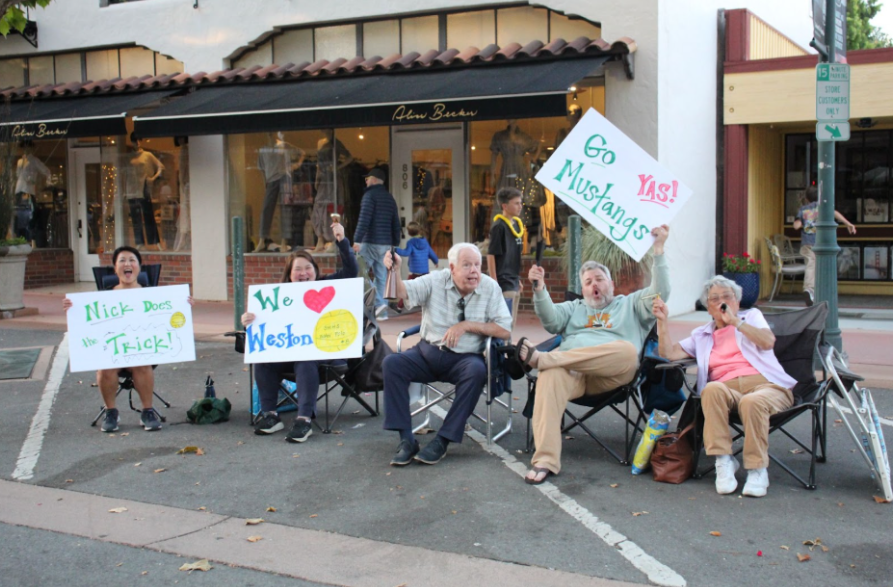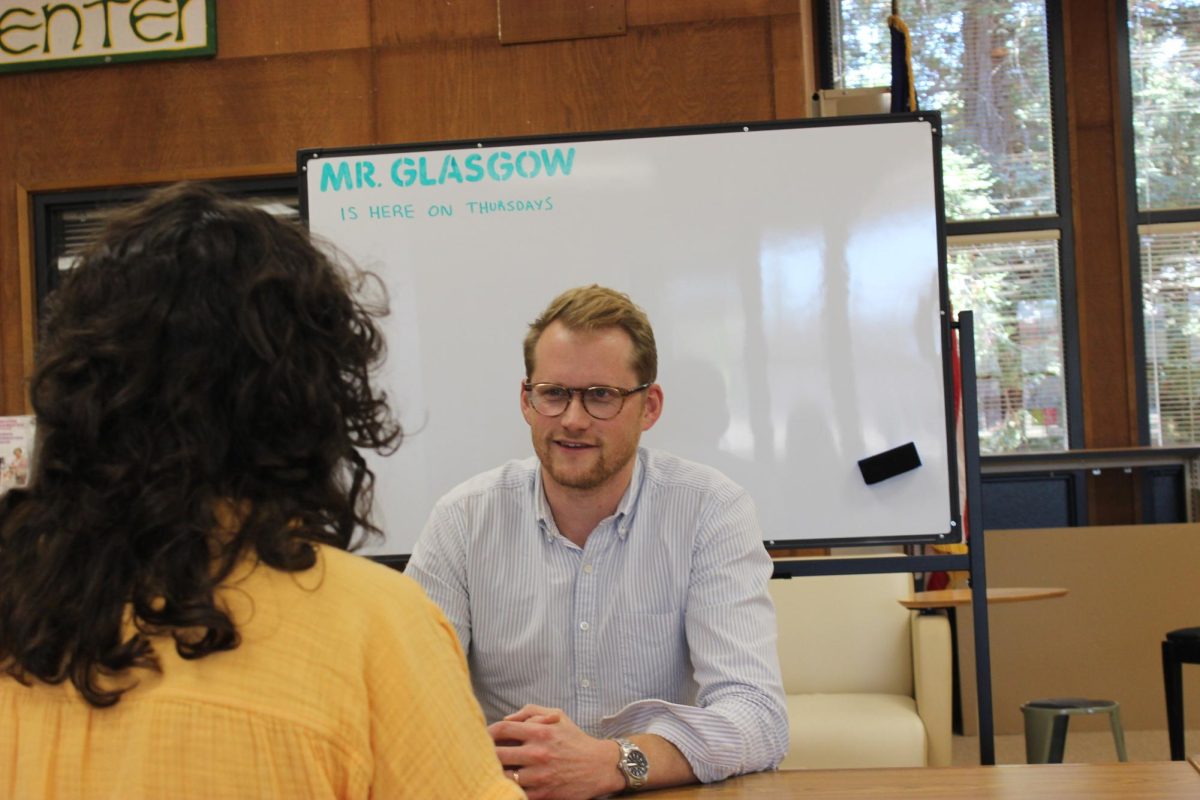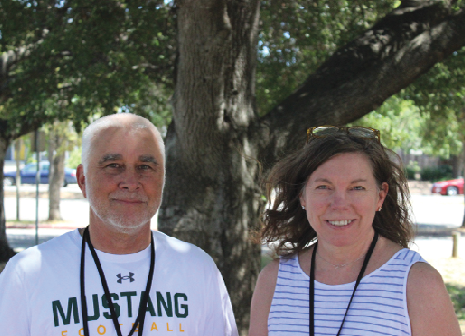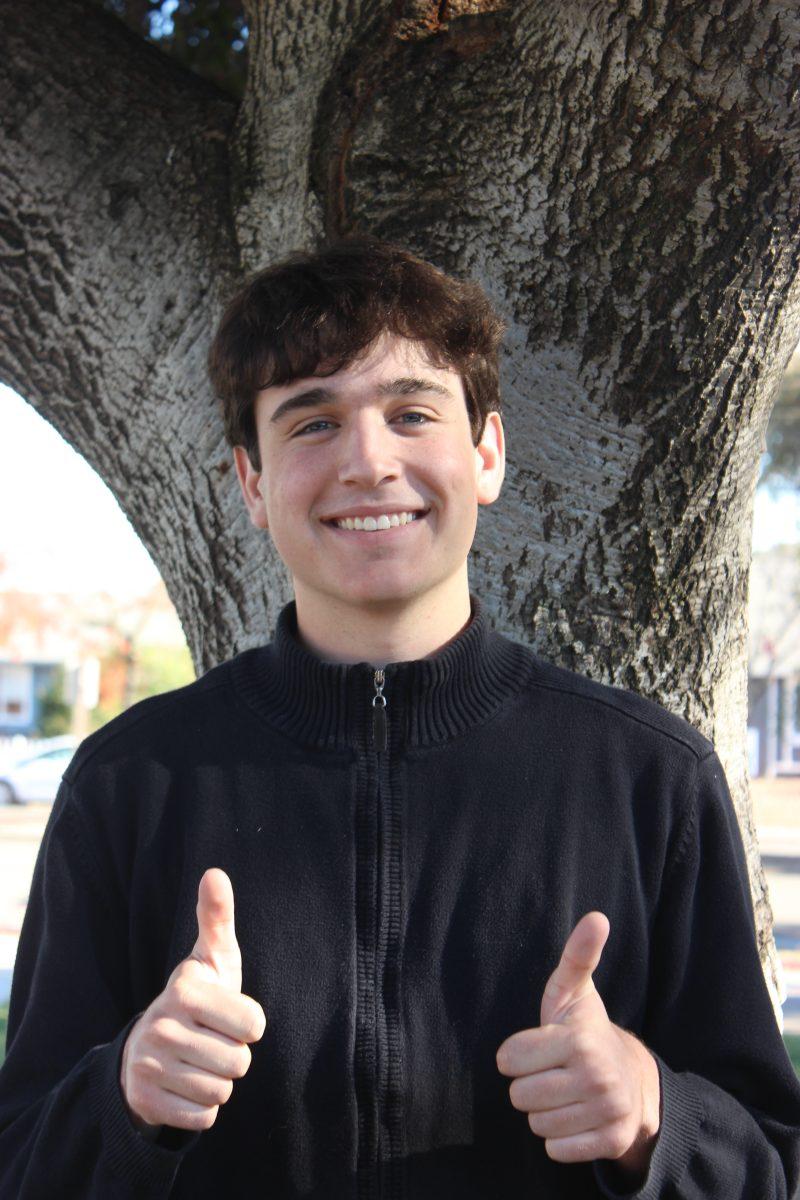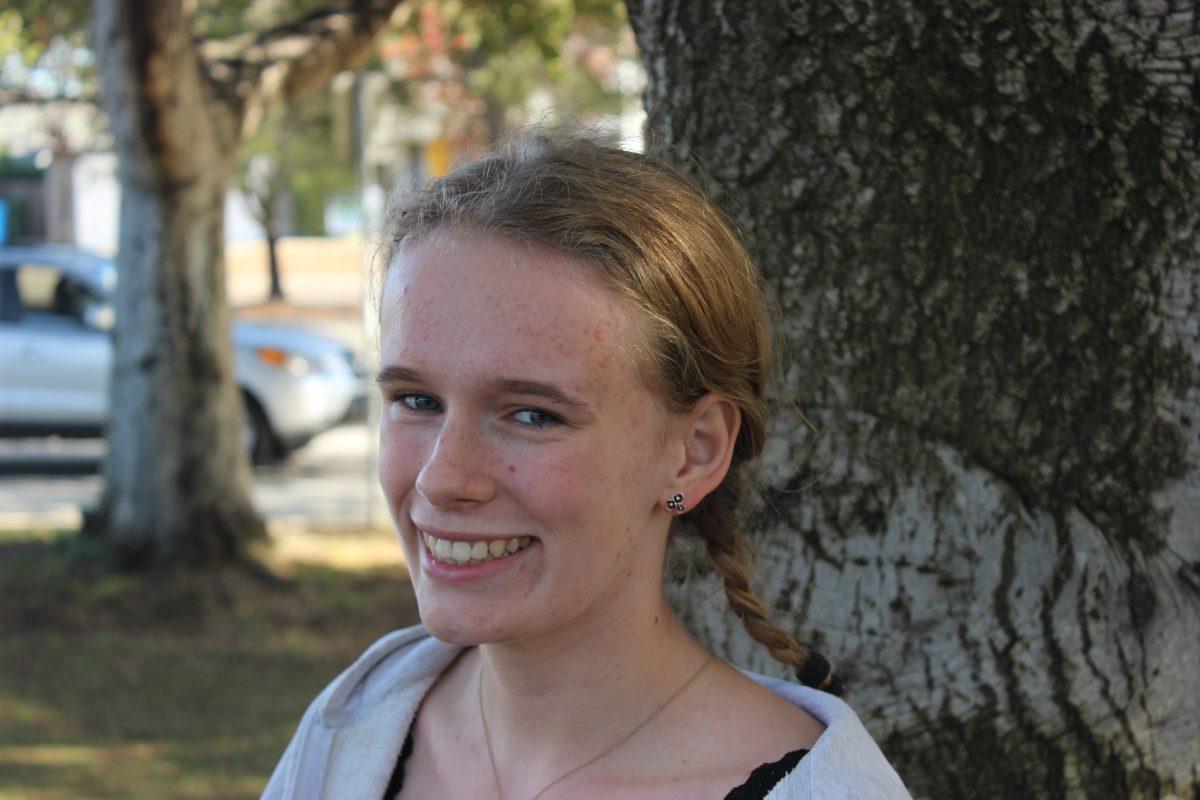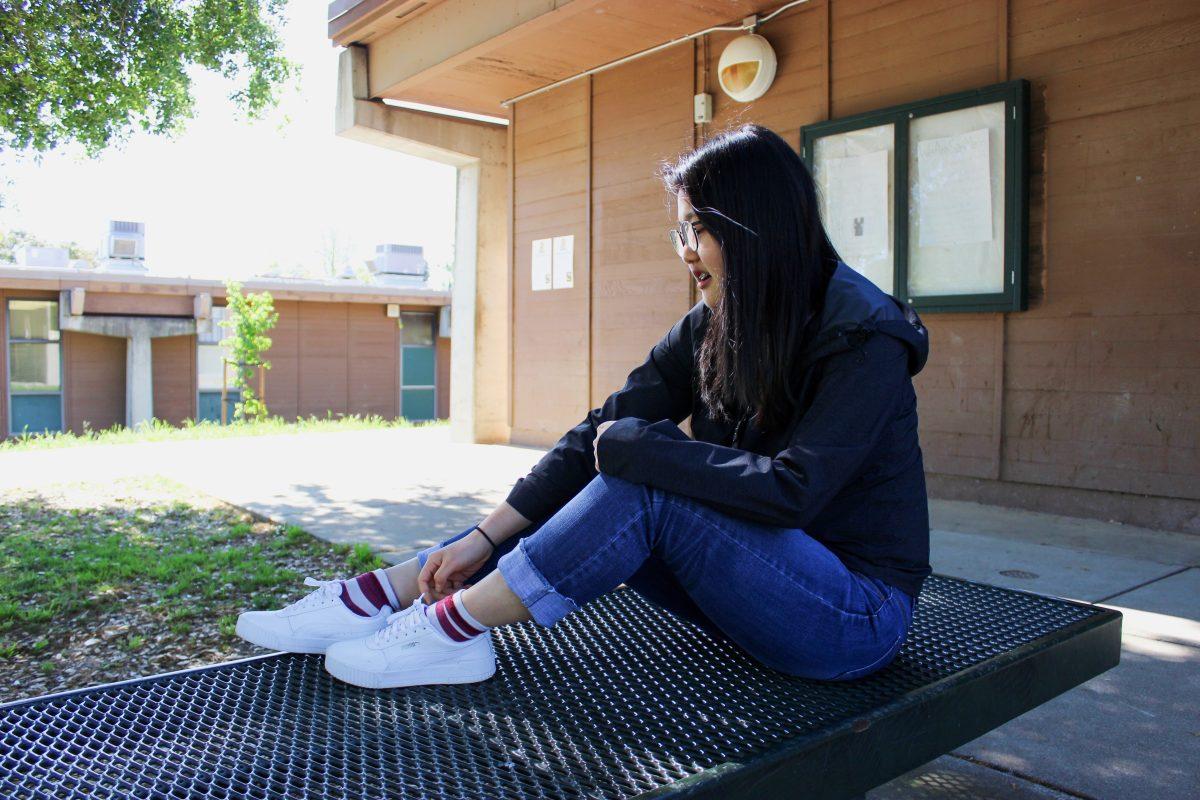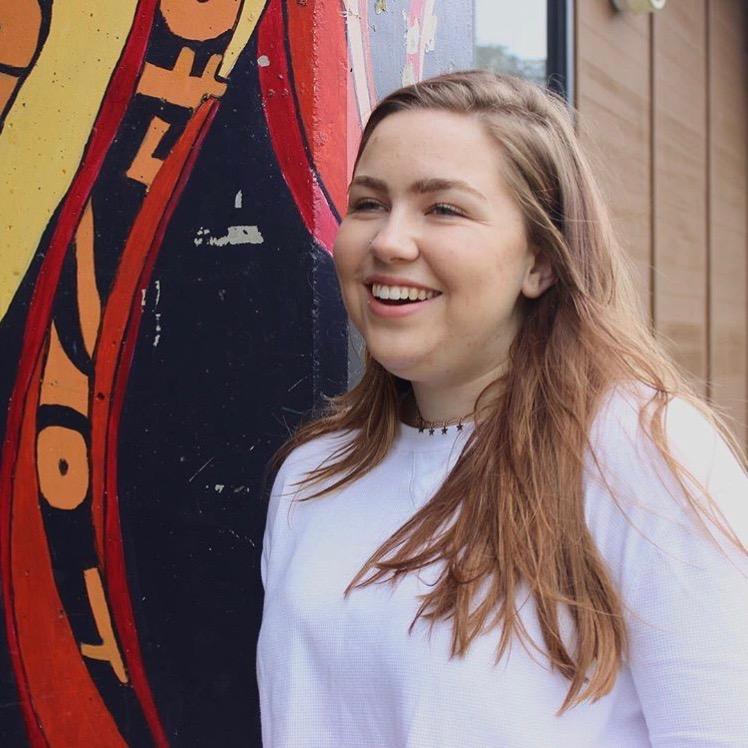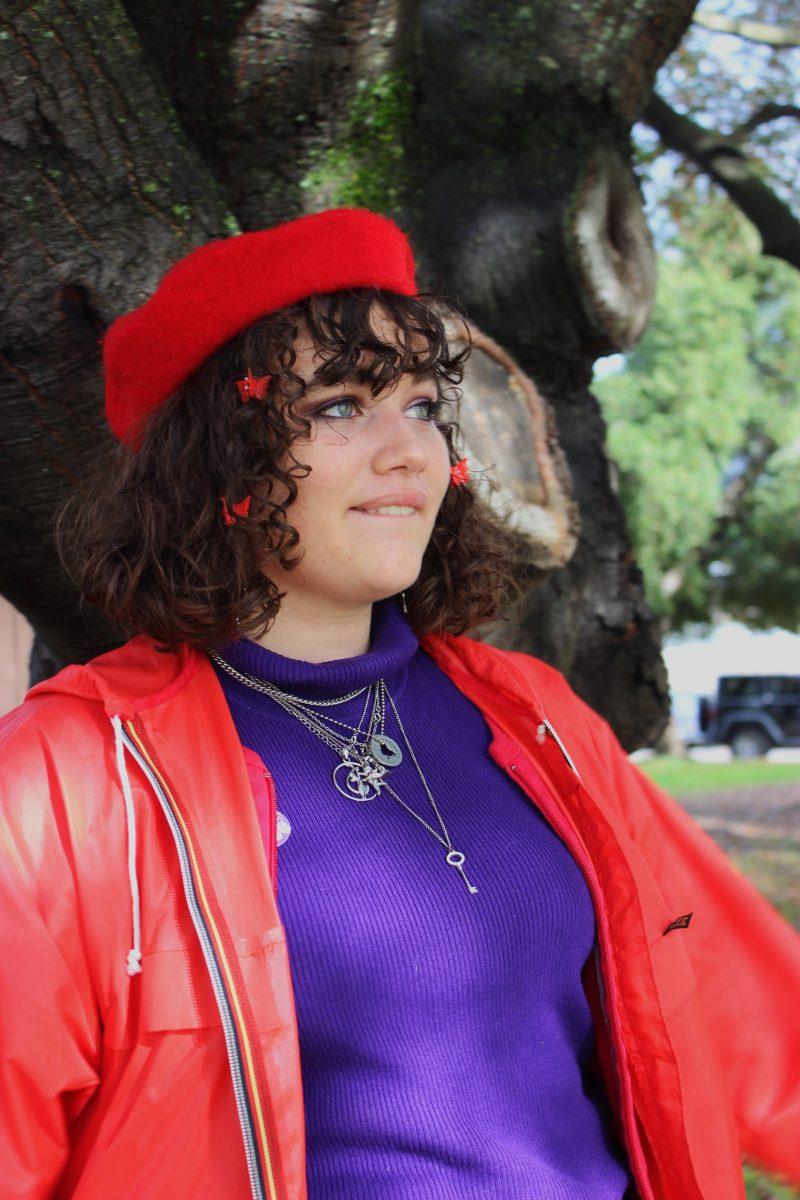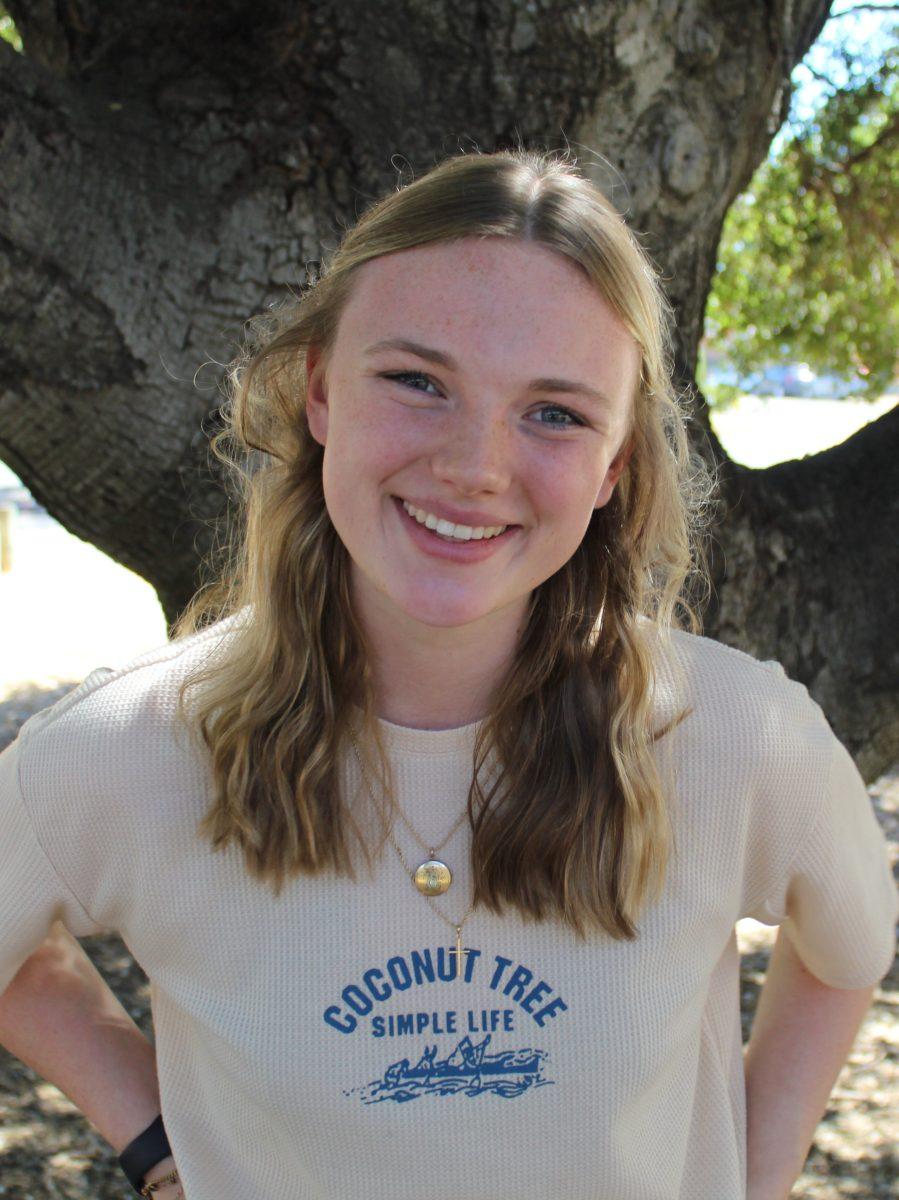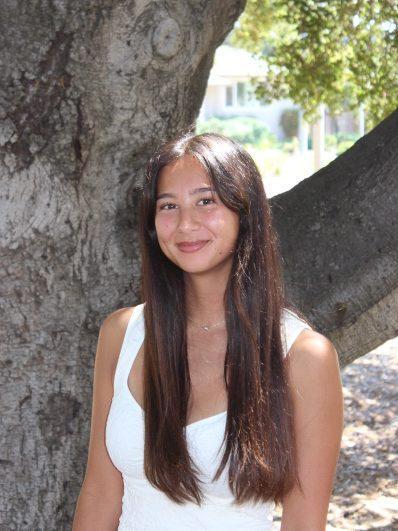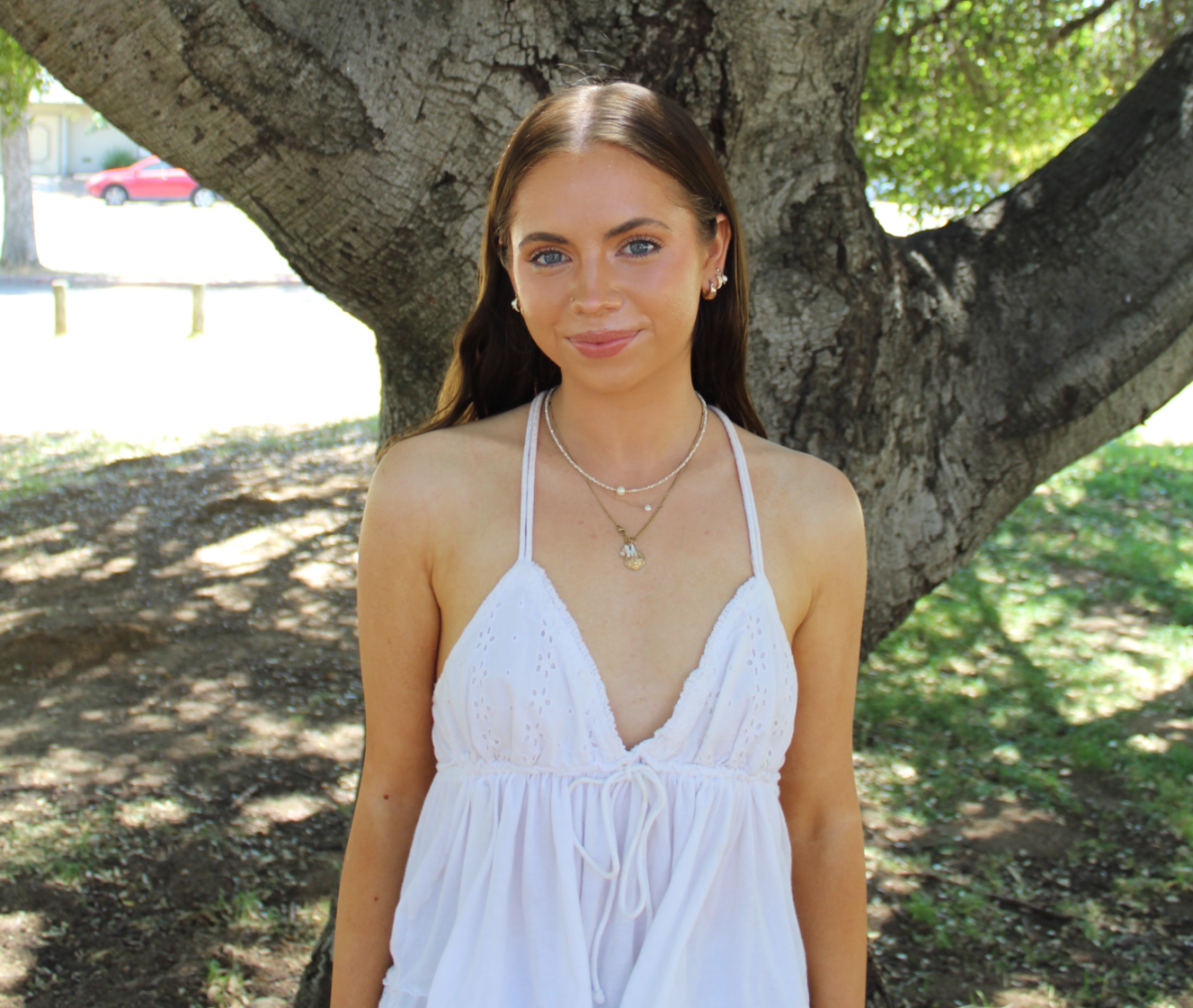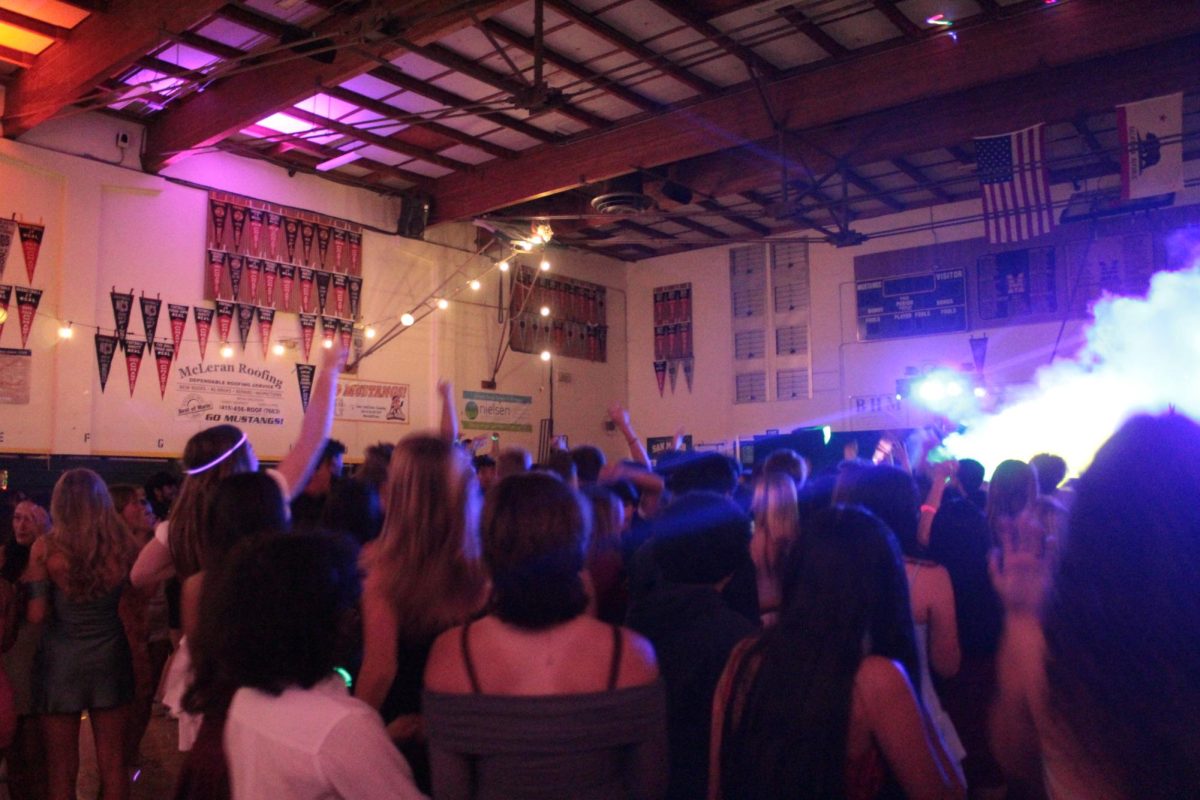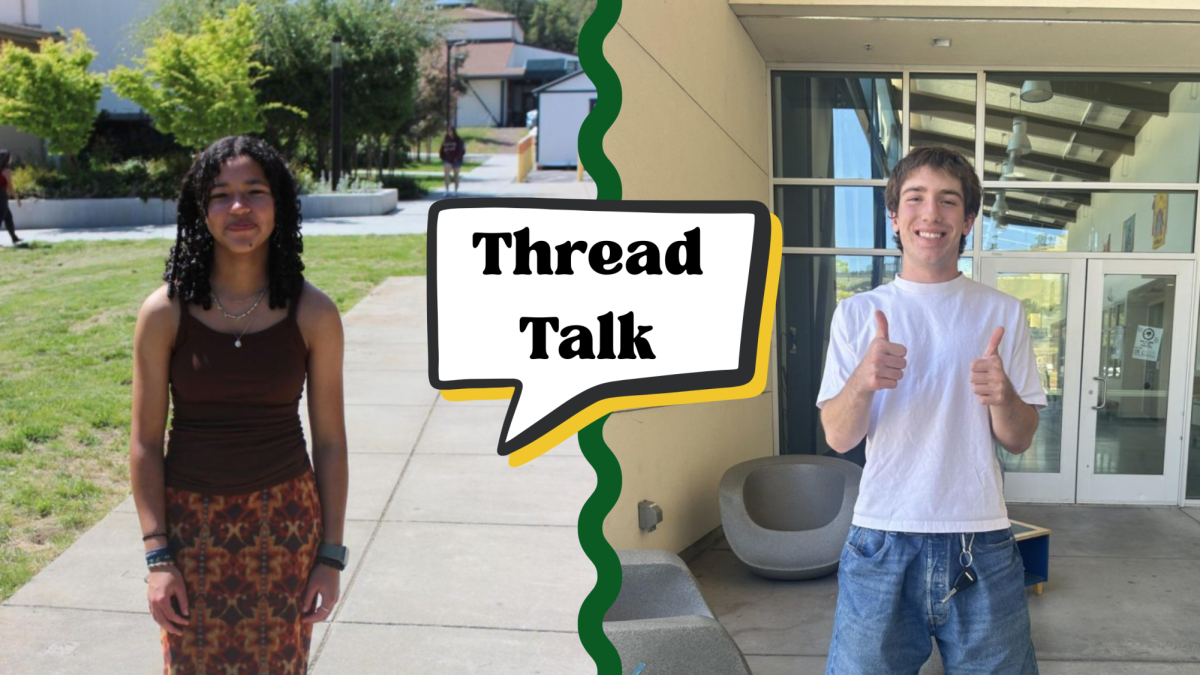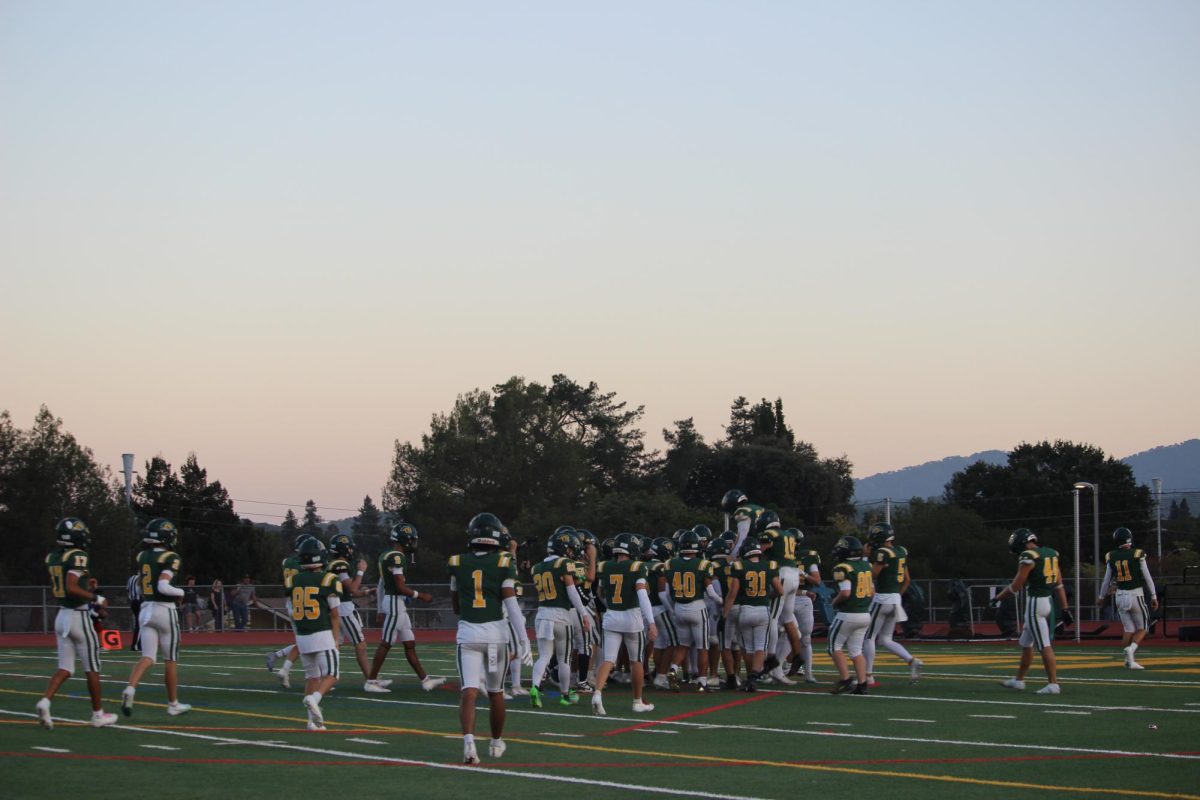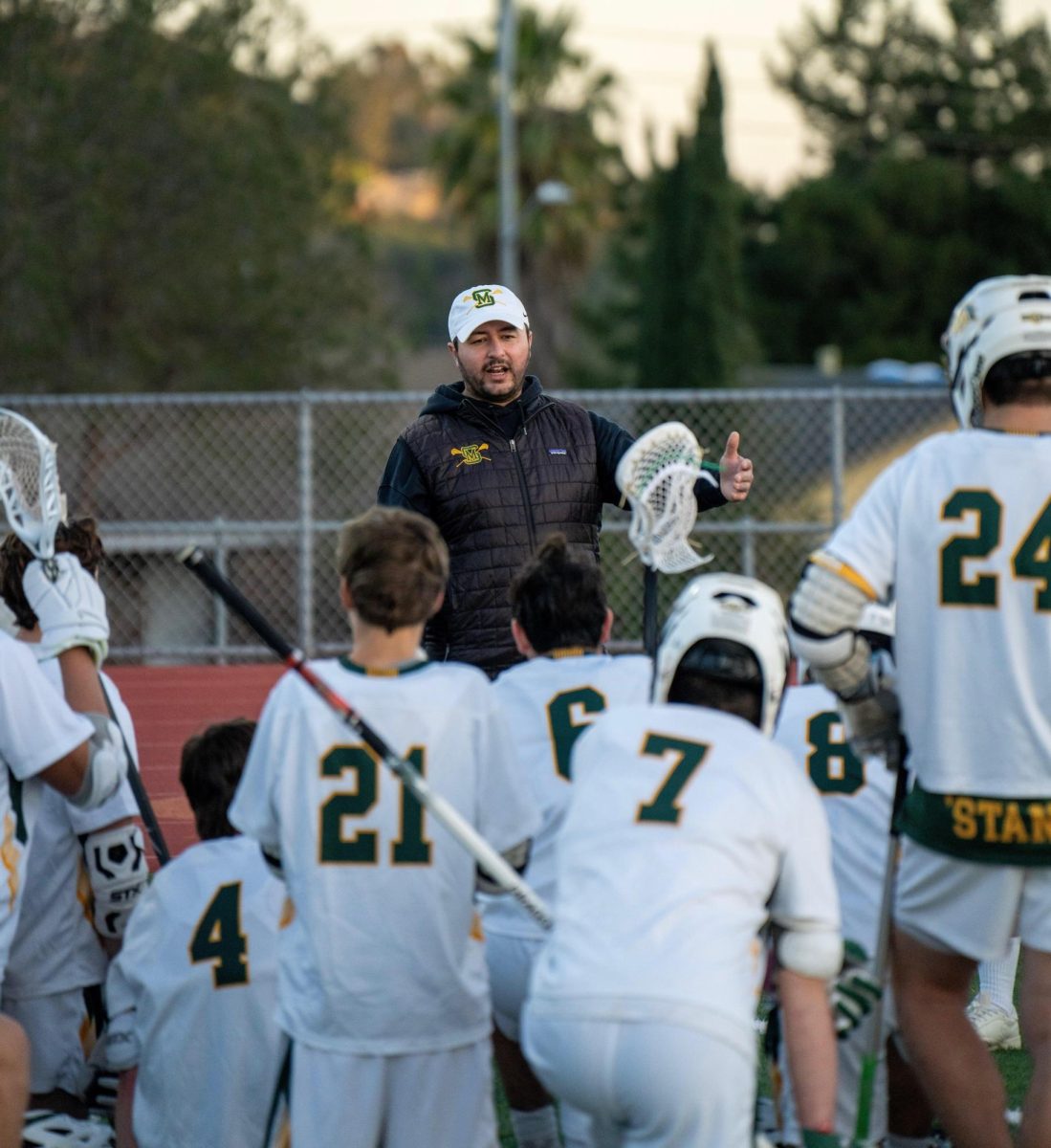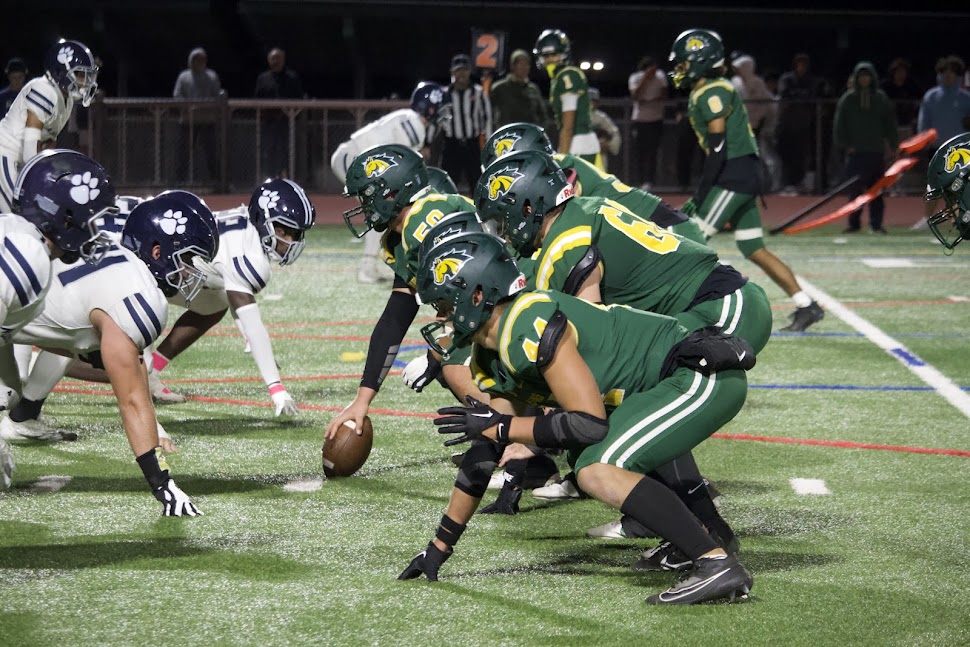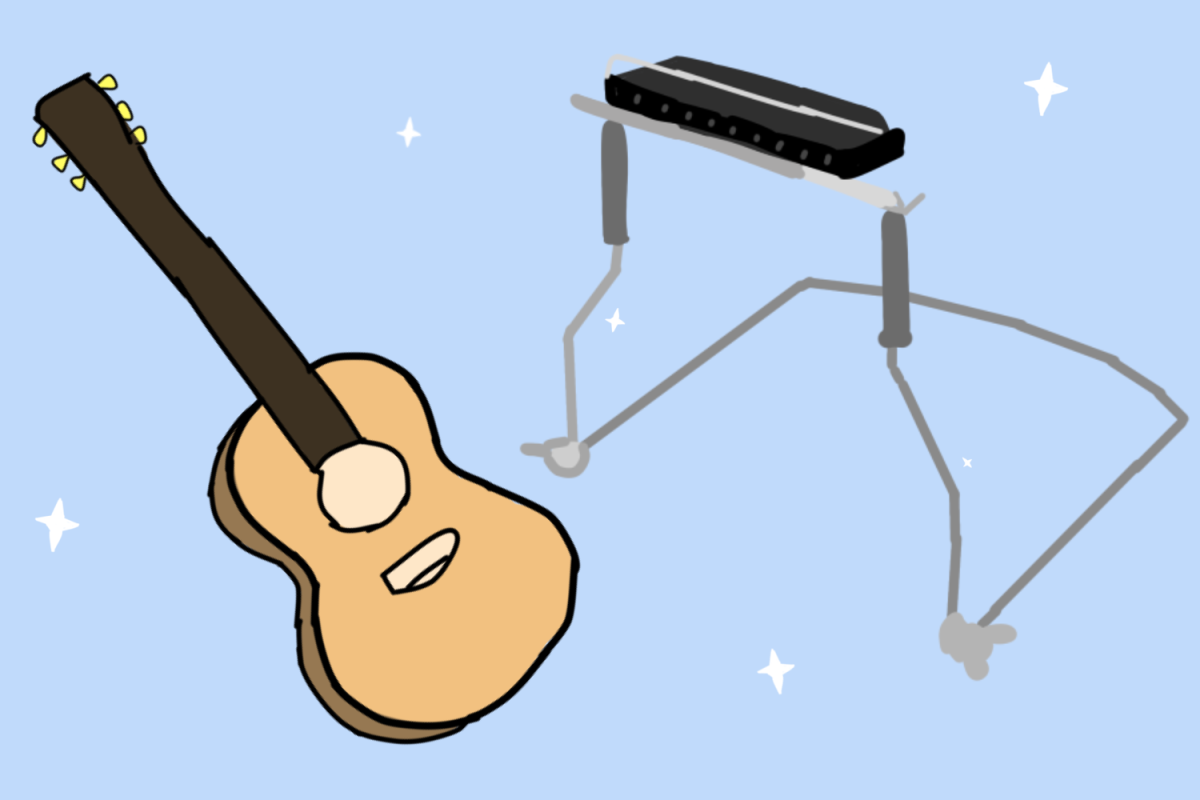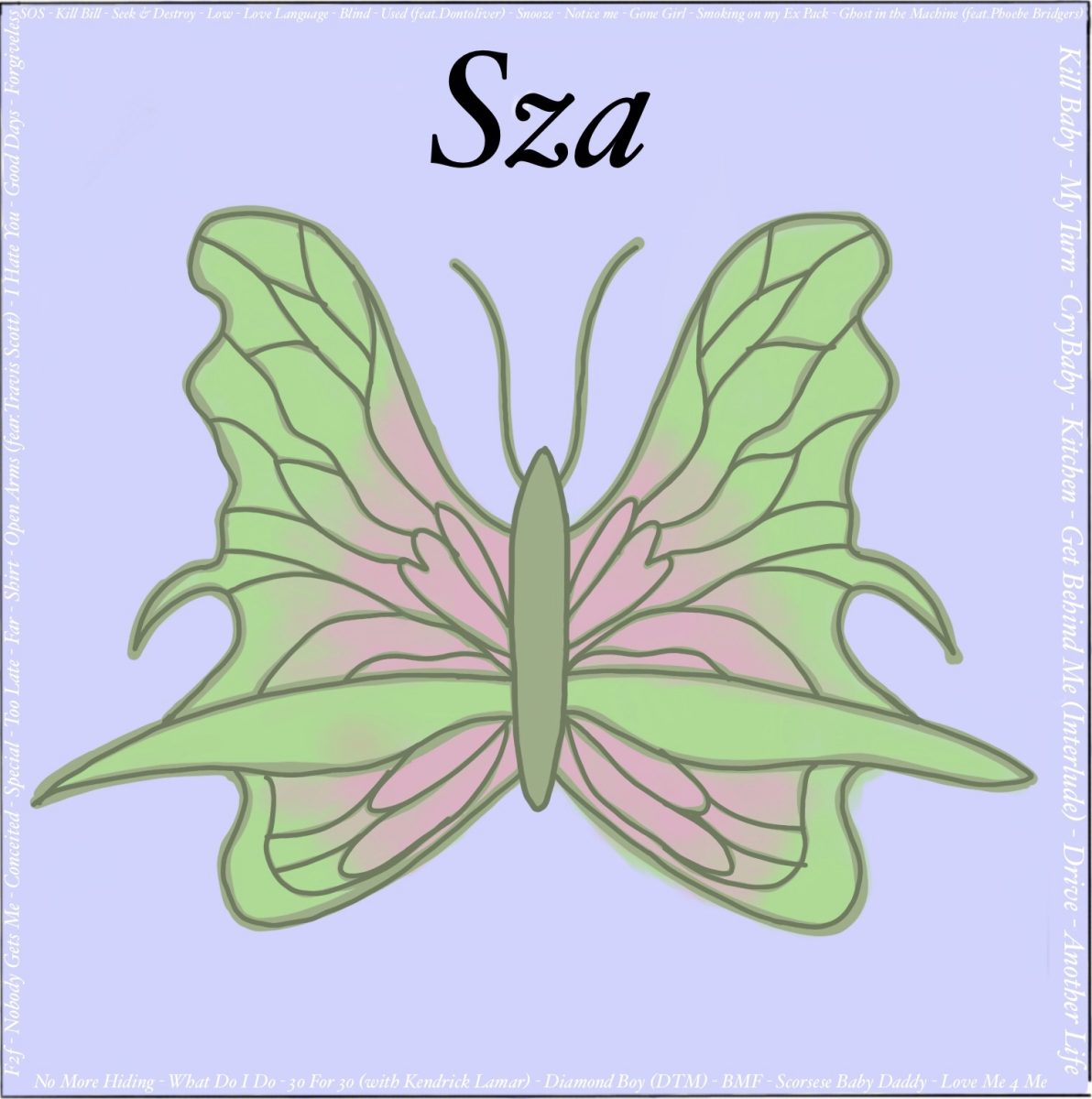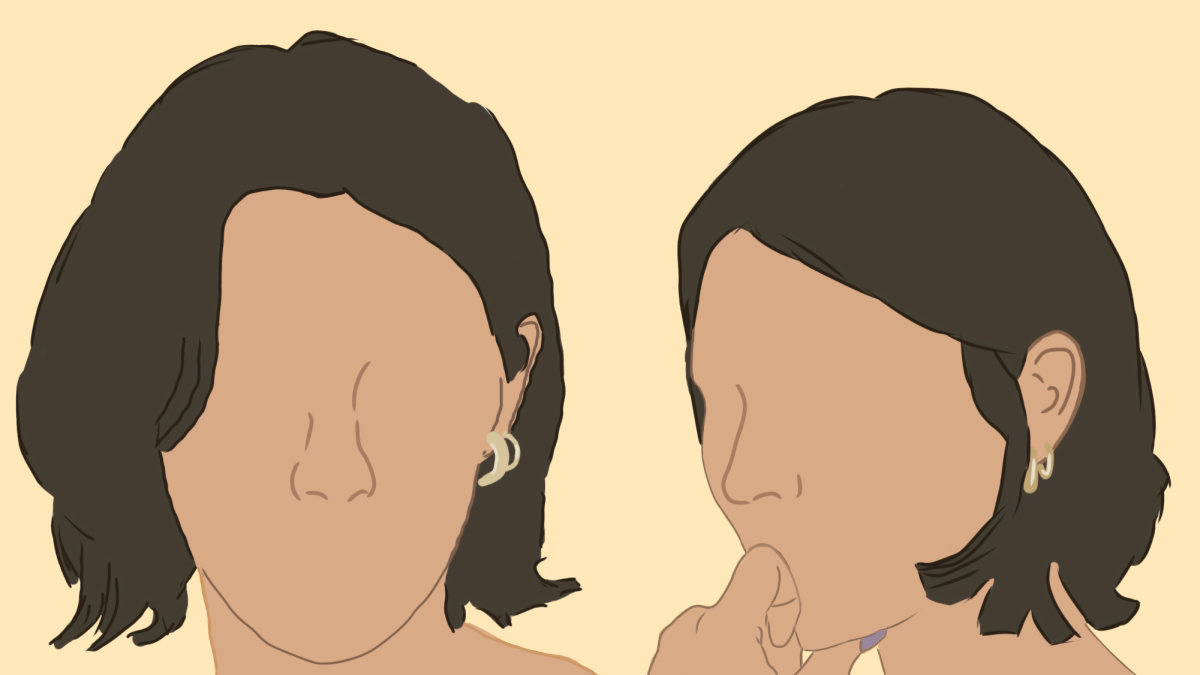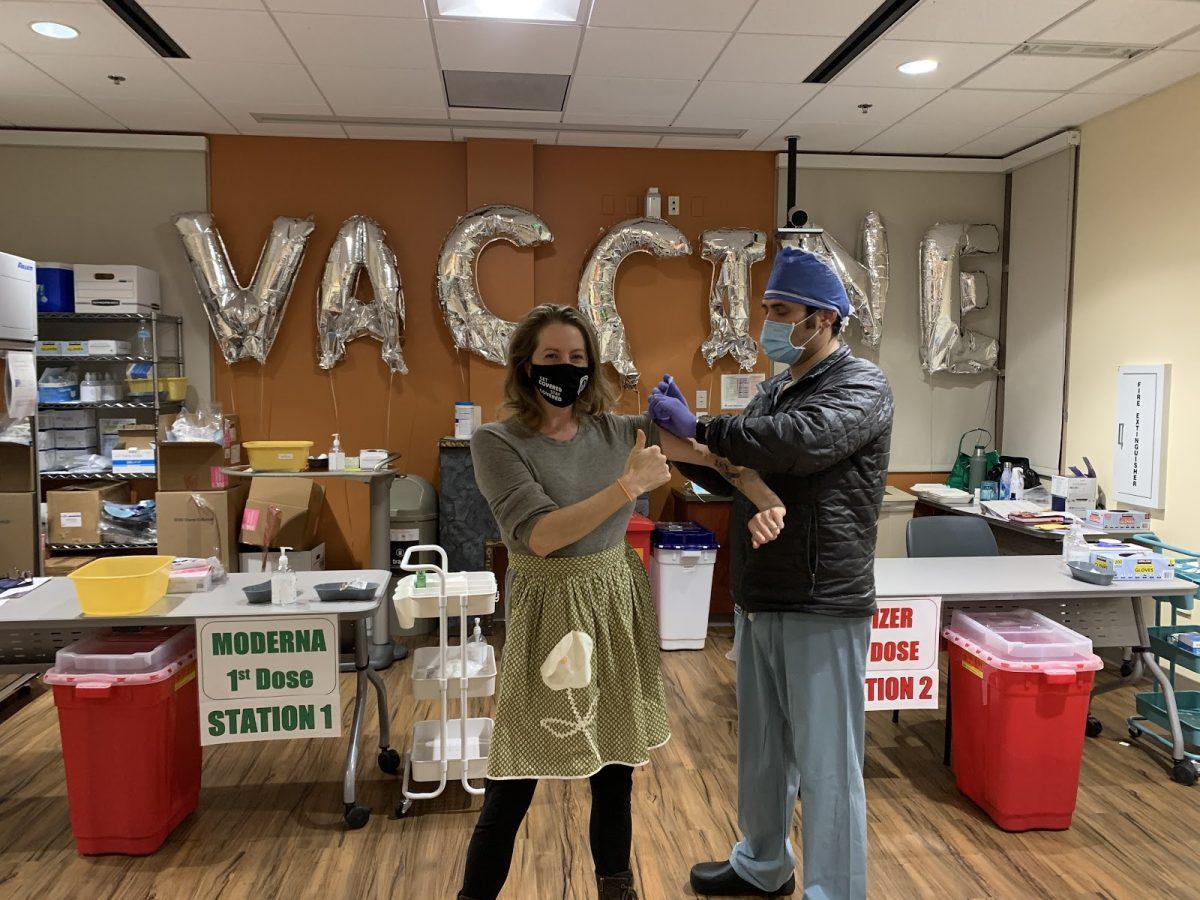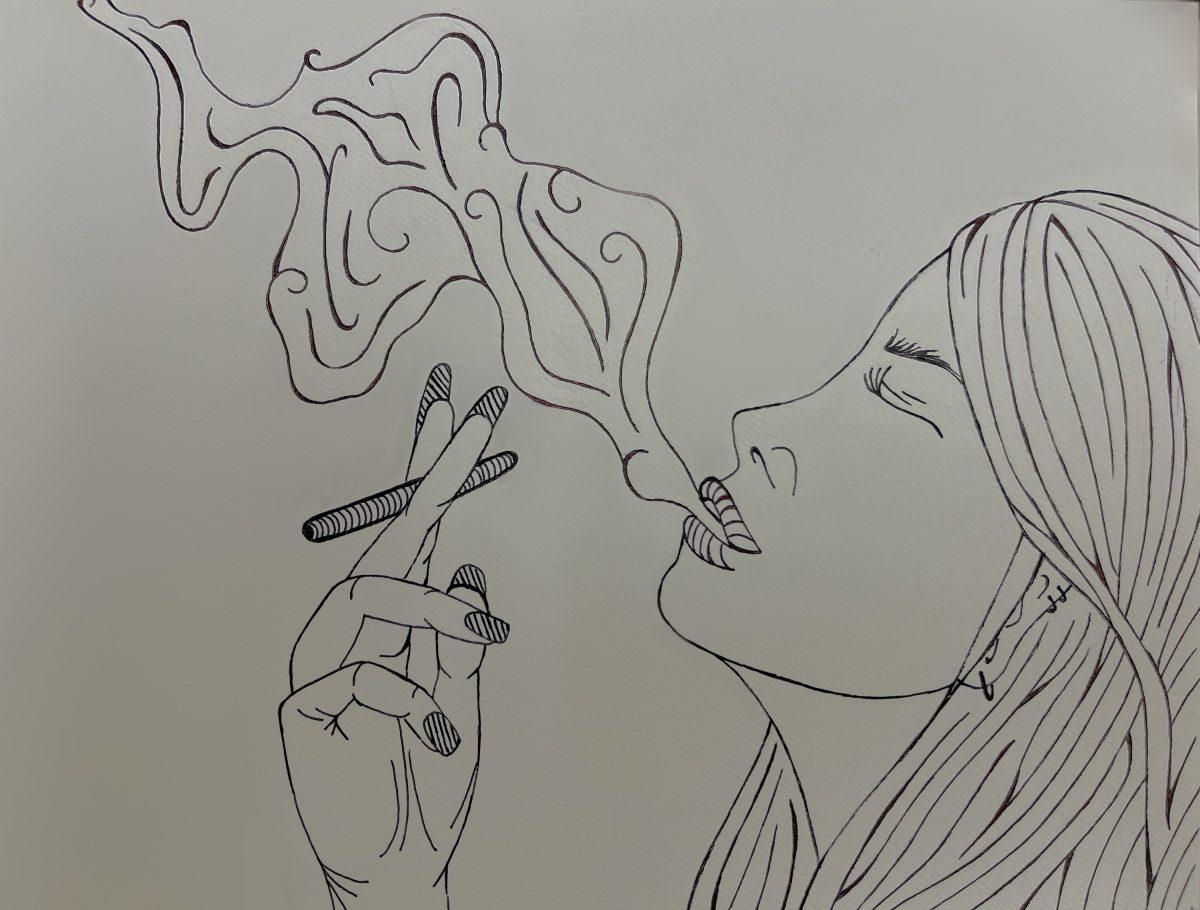By: Sebastian Ochoa and Natalie Davila
With over 28 million cases in the U.S. alone, COVID-19 has taken a toll on Marin county’s population as well as many of its schools. Marin continues to get hit with COVID cases, delaying the return of in-person learning along with other events, but with the vaccination now being in use, many of these factors are now being challenged.
“The virus has changed Marin a lot, there used to be a lot of people on the streets near where I lived, but now it’s really empty,” sophomore Dylan Melendez said. “I’ve also noticed some stores are closing down and many have already closed down like the Starbucks near Harvest.”
On Dec. 3, Governor Gavin Newsom declared a stay at home order. But since then cases have started to show a downward trend. Newsom called off the stay at home order on Jan. 25 for many counties because of the trend.
“We’re seeing a flattening of the curve,” Newsom said. “Everything that should be up is up. Everything that should be down is down: case rates, positivity rates, hospitalizations, ICUs, testing starting to go back up, as well as vaccination rates in this state, but we are not out of the woods.”
Nonetheless, these cases have caused many delays, including Marin County having schools reopen.
“Dr. Sims and I were thinking for a while that we would return after Mid-Winter-Break,” Assistant Principal Mike Casper said. “I was hoping right before Mid-Winter-Break so we can get the chance to get reacquainted with each other and school.”
Another factor that contributes to when students and faculty will be able to return to school is the introduction of the COVID-19 Vaccine. After almost nine months into the pandemic, two vaccines were introduced. The Pfizer vaccine has a 95% rate of effectiveness and comes in two doses. One must be 16 years or older to receive it. The Moderna vaccine has a 94.1% effective rate and like Pfizer, comes in two doses. One must 18 years and older to receive it. Common side effects for both vaccines may include pain at the injection site, tiredness, headache, muscle pain, chills, joint pain, and fever.
The Pfizer and Moderna vaccines are made with mRNA which is a genetic material that contains instructions for making proteins. Traditional vaccines use actual, though significantly or completely weakened, strands of the virus to trigger an immune response, but with mRNA vaccines, the vaccine instead teaches the body how to create a protein. The protein then sets off the immune response that helps the body generate antibodies and immune cells. Once the body is able to generate these, the body will use it to help fight off the virus. Healthcare workers across the nation were some of the first to receive the vaccination considering they were coming in small batches.
“I took the vaccine because I want to protect people around me and help stop the spread,” San Marin Parent Alice Hoffman said. “Having the vaccine on board in my system makes me feel like I am a little bit of a superhero, I have the power to defeat a deadly enemy.”
But others who were able to receive the vaccine early on were not so inclined to take the vaccine due to the limited information that was available concerning the outcomes, effectiveness, and side effects.
“Although I am very grateful to be one of the first people to receive the vaccine in Marin County, I chose against it,” Sasha Orlovaa, a healthcare worker in Marin said. “There is very little information about it, and I would rather wait until more people take it.’’
In addition to healthcare workers, teachers in Marin County were next in line to essential workers to receive the vaccine.
“If I want to keep my job and not endanger my students and colleagues, I will have to get vaccinated,’’ Spanish teacher Reyna Lowrie said. “Though I have never been the one for vaccines.’’
Marin County is the first County in the Bay area to provide the vaccine to educators. This is because administrators and faculty feel it is the best way to return students to school safely.
“I am very open to taking the vaccine,’’ AP Calculus and Geometry teacher Jordan Merkin said. “It is one step closer for us returning to school safely, without having to worry about me getting my students sick or vice versa.’’

Hoffman received her first dose of the COVID-19 vaccine. Like Hoffman, many healthcare workers in Marin county have already received the vaccine.
